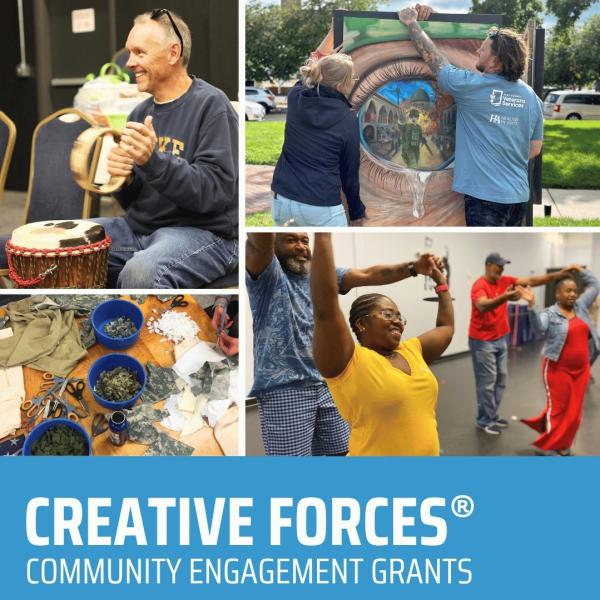National Endowment for the Arts Statement on the Death of NEA Jazz Master Toots Thielemans

It is with great sadness that the National Endowment for the Arts acknowledges the passing of harmonica player, guitarist, and whistler Jean-Baptiste "Toots" Thielemans, recipient of a 2009 NEA Jazz Master fellowship, the nation’s highest honor in jazz. Thielemans has been credited by jazz aficionados as being among the greatest jazz harmonica players of the 20th century, improvising on an instrument more known in folk and blues music. We join the jazz community in mourning his death while celebrating his life and many contributions to jazz.
Thielemans learned to play the accordion at the age of three, took up chromatic harmonica at 17, and taught himself to play the guitar. Influenced by Django Reinhardt and Charlie Parker, he became interested in jazz. In 1950, Thielemans toured Europe as a guitarist with the Benny Goodman Sextet. He immigrated to the United States in 1952, getting a chance to play with Charlie Parker's All-Stars. His performance so impressed George Shearing that he invited Thielemans into his band, where he stayed until 1959.
In 1961, Thielemans composed and recorded "Bluesette", which led to his being greatly in demand -- particularly for his harmonica and his whistling. Thielemans began freelancing, playing, and recording with Ella Fitzgerald, Quincy Jones, Bill Evans, Paul Simon, Billy Joel, Astrud Gilberto, and Elis Regina, among others. He also made prominent appearances on movie soundtracks, notably on The Pawnbroker, Midnight Cowboy, and The Sugarland Express. Thielemans appeared as a leader of swing and bop quartets on recordings and at international festivals. He received many awards and titles, including the French Chevalier des Arts et des Lettres and honorary doctorates from both universities in the city of Brussels. In 2001, Belguim's King Albert II bestowed on him the title "Baron," making him Baron Jean "Toots" Thielemans. Thielemans was known to audiences young and old, his harmonica heard on the Sesame Street theme and his whistling heard in an "Old Spice" commercial.
In a 2008 interview with Thielemans for the NEA, he talked about the genesis of his popular song “Bluesette:” “I didn't write it; it happened to me. You don't write a song like ‘Bluesette.’ Twelve bars. That is the nucleus of the song and that's what I wrote down on a piece of paper not to forget it. I was sharing a dressing room in 1962 at the Brussels University where I flopped so famously in mathematics and my dressing roommate was Stéphane Grappelli…. And then I played [the song] on the guitar. I warmed up on the chords of ‘Bluesette’ and I whistled it. And I just wrote it down. And then I called it ‘Blue-ette.’ That's the name of a flower in the fields, le bluette, the blue cornflower here. Then in Sweden, I needed a song, I needed a number for a show…. I had a piece of paper with the beginning of ‘Bluesette.’ I wrote [the chords] quickly for the piano player. ‘What do you call that?’ ‘Blue-ette.’ ‘That's the blues, ain't it? Put the 's' in there.’ See, this is fate really. There's always somebody to help you. Stéphane inspiring me.”
For more information on Thielemans, including a bio, interview, and Jazz Moments – short audio pieces on his life and career – visit arts.gov.
# # #
Related Content
Contact
NEA Public Affairs
202-682-5570




